Related Research Articles
The Viola Concerto by William Walton was written in 1929 and first performed at the Queen's Hall, London on 3 October of that year by Paul Hindemith as soloist and the composer conducting. It had been written with the violist Lionel Tertis in mind, and he took the work up after initially rejecting it. The concerto established Walton as a substantial figure in British music and has been recorded by leading violists internationally. Walton revised the instrumentation of the concerto in 1961, lightening the orchestral textures.
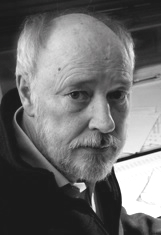
Anders Erik Birger Eliasson was a Swedish composer.
The Strathclyde Concertos are a series of ten orchestral works by the English composer Sir Peter Maxwell Davies.
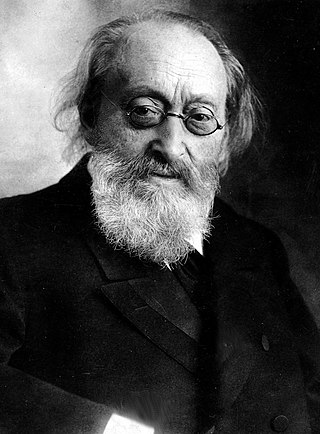
The Concerto for Clarinet, Viola, and Orchestra in E minor, Op. 88, is a composition by Max Bruch which was composed in 1911. It premiered on 5 March 1912 in Wilhelmshaven by the piece's dedicatees, violist Willy Hess and the composer's son and clarinet soloist, Max Felix Bruch. The score however was published 23 years after the composer's death, finally being released in 1942.

The trumpet repertoire consists of solo literature and orchestral or, more commonly, band parts written for the trumpet. Tracings its origins to 1500 BC, the trumpet is a musical instrument with the highest register in the brass family.
The Symphony No. 5 by Walter Piston was composed in 1954.
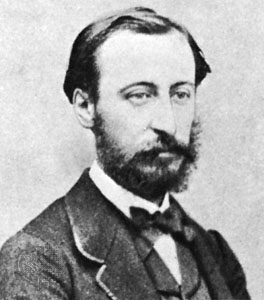
The Piano Concerto No. 1 in D major, Op. 17, by Camille Saint-Saëns was composed in 1858, when the composer was 23 and dedicated to Marie Jaëll. It is the first piano concerto ever written by a major French composer.
Symphony No. 2 is a symphony in three connected movements for orchestra by the American composer Christopher Rouse. The piece was commissioned by the Houston Symphony and completed July 15, 1994. The work premiered later that year and is dedicated to then Houston Symphony director Christoph Eschenbach.
The Concerto for Orchestra is an orchestral composition in five movements by the American composer Jennifer Higdon. The work was commissioned by the Philadelphia Orchestra with contributions from the National Endowment for the Arts, the Philadelphia Music Project, and Peter Benoliel. It was premiered at the Kimmel Center for the Performing Arts in Philadelphia June 12, 2002, with conductor Wolfgang Sawallisch leading the Philadelphia Orchestra.
Lousadzak, Op. 48, is a 1944 concerto for piano and string orchestra by the American-Armenian composer Alan Hovhaness. The work is known for its use of aleatory that is said to have impressed fellow composers Lou Harrison and John Cage, and anticipated "many soon-to-be-hip" aleatory techniques.
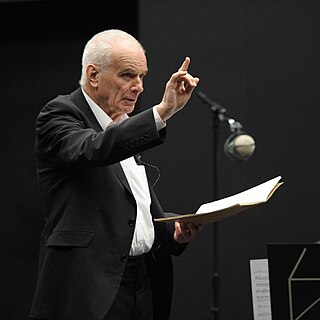
The Concerto for Trumpet and Orchestra is a composition for trumpet solo and orchestra by the British composer Peter Maxwell Davies. The work was commissioned by the Philharmonia Orchestra for its then principal trumpeter John Wallace. It was given its world premiere by Wallace and the Philharmonia Orchestra under the conductor Giuseppe Sinopoli in Hiroshima on 21 September 1988.
The Oboe Concerto is a composition for solo oboe and orchestra by the American composer John Harbison. The work was commissioned by the San Francisco Symphony for its principal oboist William Bennett. It was completed on October 18, 1991, and was given its world premiere by Bennett and the San Francisco Symphony under the conductor Herbert Blomstedt in 1992.
The Concerto for Viola and Orchestra is a viola concerto by the American composer John Harbison. The work was commissioned by the Saint Paul Chamber Orchestra, the Los Angeles Chamber Orchestra, and the New Jersey Symphony Orchestra with contributions from Meet The Composer and Reader's Digest. It was first performed by Jaime Laredo and the New Jersey Symphony Orchestra under the direction of Hugh Wolff on May 18, 1990.
The Viola Concerto is a composition for solo viola and orchestra by the American composer Peter Lieberson. The music was commissioned by the Toronto Symphony Orchestra and the Symphony Nova Scotia for Steven Dann, the principle violist of the Toronto Symphony. It was completed in 1992, though Lieberson later revised the work in 2003. The work is dedicated to Steven Dann.
The Symphony No. 3 is a composition for orchestra by the American composer Ned Rorem. The work was first performed by the New York Philharmonic under the direction of Leonard Bernstein at Carnegie Hall on April 16, 1959.
The Piano Concerto No. 2, Op. 39, is the second piano concerto by the Argentinian composer Alberto Ginastera. The work was commissioned by the Indianapolis Symphony Orchestra for the pianist Hilde Somer, to whom the concerto is dedicated. It was first performed by Somer and the Indianapolis Symphony Orchestra conducted by Izler Solomon on March 22, 1973.
Unearth, Release is a viola concerto by the American composer Julia Adolphe. The work was commissioned by the League of American Orchestras and the New York Philharmonic with support from the Virginia B. Toulmin Foundation. It was first performed on July 16, 2016, at Guilford College by the violist Cynthia Phelps and Eastern Music Festival Orchestra under Gerard Schwarz. Adolphe later revised the work, however, and the revised version was given its premiere on November 17, 2016, at David Geffen Hall by Phelps and the New York Philharmonic conducted by Jaap van Zweden. Adolphe dedicated the piece Cynthia Phelps and the New York Philharmonic.
Symphony No. 6 by Russian composer Alfred Schnittke was composed in 1992. It was commissioned by cellist and conductor Mstislav Rostropovich and the National Symphony Orchestra of Washington, who together gave its first performance in Moscow on 25 September 1993.
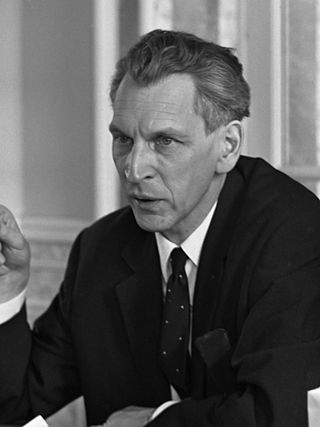
Marius Flothuis, born and died in Amsterdam, was a Dutch composer, musicologist and music critic.
References
- ↑ Dobrin, Peter (June 23, 2015). "Noted violist Joseph de Pasquale dies at 95". The Philadelphia Inquirer . Retrieved August 24, 2017.
- ↑ "American violist Joseph de Pasquale has died aged 95". The Strad . June 23, 2015. Retrieved August 24, 2017.
- ↑ Farach-Colton, Andrew (July 2003). "Adler; Harbison; Piston Viola Concertos". Gramophone . Retrieved August 24, 2017.
- ↑ Tommasini, Anthony (August 31, 2003). "MUSIC: RECORDINGS; In His Work, a Modesty Lacking in His Manner". The New York Times . Retrieved August 24, 2017.